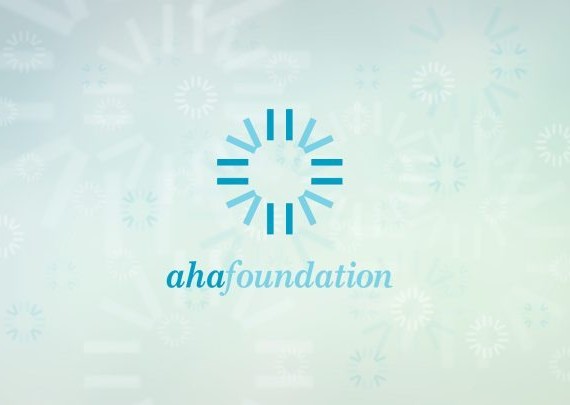Why We Need an Executive Order to Fully Enforce the Stop FGM Act

October 9, 2025
Michele Hanash, Director of Policy and Women’s Programs at AHA Foundation
In 2020, the United States took a historic step forward in the fight against female genital mutilation (FGM). With strong bipartisan support, Congress passed—and President Trump signed—the Stop FGM Act of 2020, strengthening federal protections against this human rights abuse. The law makes clear that FGM has no place in our communities.
But a law on paper is only the beginning. For it to make a real difference in the lives of girls, it must be enforced consistently, understood by professionals on the ground, and paired with resources for survivors. This is where a presidential Executive Order comes in. An Executive Order would direct federal agencies to close the gaps that still allow children to slip through the cracks.
Here are some of the serious roadblocks frontline workers face today—and how an Executive Order could help:
- Doctors, nurses, and other healthcare professionals often aren’t trained to recognize FGM. Many pediatricians and OB-GYNs still lack guidance on how to identify signs of FGM or engage families at risk. An Executive Order has the power to direct the Department of Health and Human Services to update national medical guidelines so that FGM risk assessment screening, prevention, and reporting become a standard part of pediatric care.
- Child protection professionals are not equipped to recognize and respond to FGM cases. Cases may be missed, overlooked, or—even when identified—dismissed as a “cultural issue,” leaving staff hesitant to intervene for fear of causing offense. This hesitation puts girls at greater risk. Clear federal guidance is needed to make sure agencies treat FGM like any other form of child abuse—by requiring its identification and prevention in mandatory reporter training.
- Teachers, social workers, and community leaders lack education about FGM. The people closest to children are often the least equipped to intervene. An Executive Order could require federal agencies to fund training and outreach for those who work with at-risk girls every day, giving them the tools to recognize warning signs, intervene safely, and connect families with resources. It could also mandate the inclusion of age-appropriate FGM in already administered health lessons in K-12 education.
- Survivors are left without resources. Too many women and girls living with the trauma of FGM face it alone. An Executive Order could direct federal agencies to prioritize victim services and allocate resources for survivor-centered programs that promote healing and empowerment.
- Laws are inconsistent across states. Nine states still lack FGM-specific bans, and some states need to strengthen their laws. While the federal government cannot force states to pass laws, an Executive Order could encourage them to align with federal standards by tying state funding and grants to stronger protections. It could also incentivize states to extend statutes of limitations so survivors have adequate time to bring civil causes of action in adulthood—ensuring justice isn’t denied simply because the abuse happened when they were too young to speak out.
- Girls are sometimes cut right before entry to the U.S. An Executive Order could direct the Department of Justice and state attorneys general to explore legal avenues for giving girls a civil cause of action in U.S. courts against anyone who facilitated their cutting abroad in preparation for arrival in this country to avoid prosecution here. By holding offenders accountable, the U.S. would deter families from arranging FGM just before migration and provide survivors with a pathway to seek justice once they are here.
- International accountability is essential. An Executive Order could strengthen U.S. leadership by tying trade, aid, and diplomatic relations to whether countries ban and enforce their own FGM bans. This would send a clear message that laws cannot remain symbolic—they must be implemented. When governments take enforcement seriously by training police, prosecuting offenders, and protecting survivors, communities shift. That ripple effect not only advances global progress but also protects American girls who are at risk of “vacation cutting” abroad.
The bottom line: The Stop FGM Act of 2020 gave us a powerful legal tool. Now we need an Executive Order to put that tool to work—by making sure doctors, teachers, social workers, and law enforcement are all equipped to recognize, report, and prevent FGM, and that survivors are supported every step of the way.
Ending FGM in America will take more than laws. It will take leadership. An Executive Order would show every girl at risk, and every survivor living with scars, that this country is serious about protecting them. It would ensure the promise of the Stop FGM Act is fulfilled—not just in theory, but in practice.
This is how we move from words on paper to real change on the ground. And this is how we keep our daughters safe.

